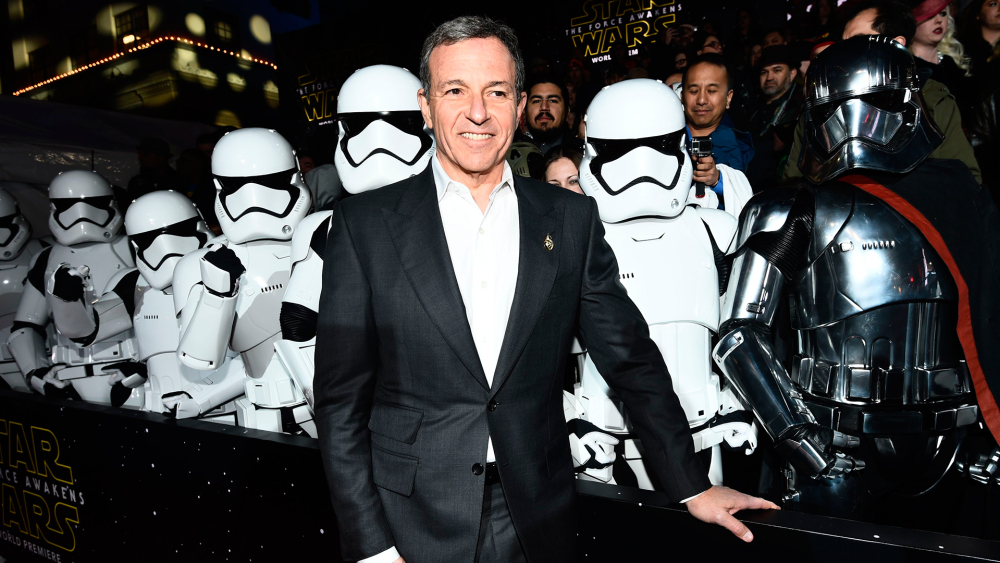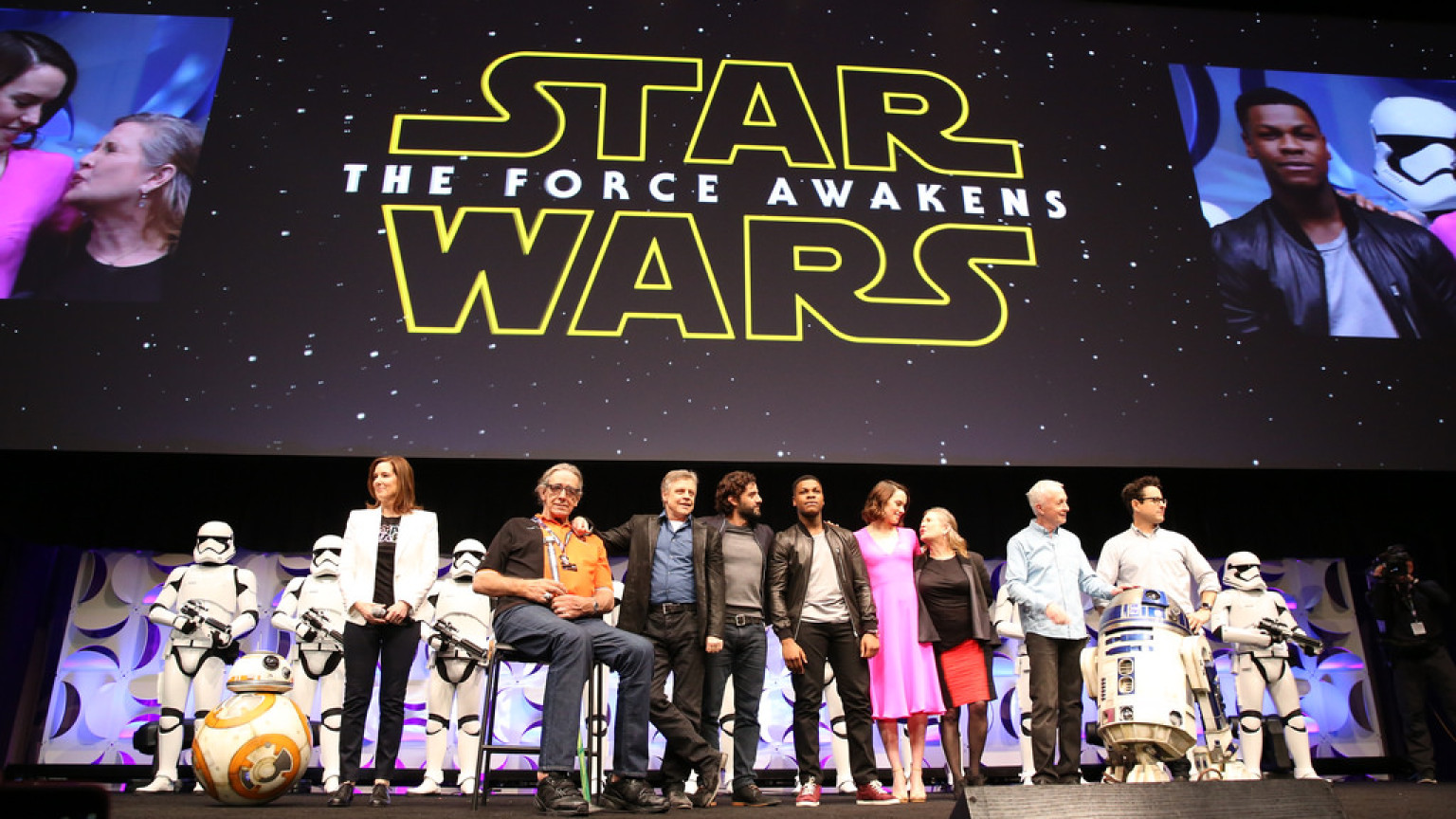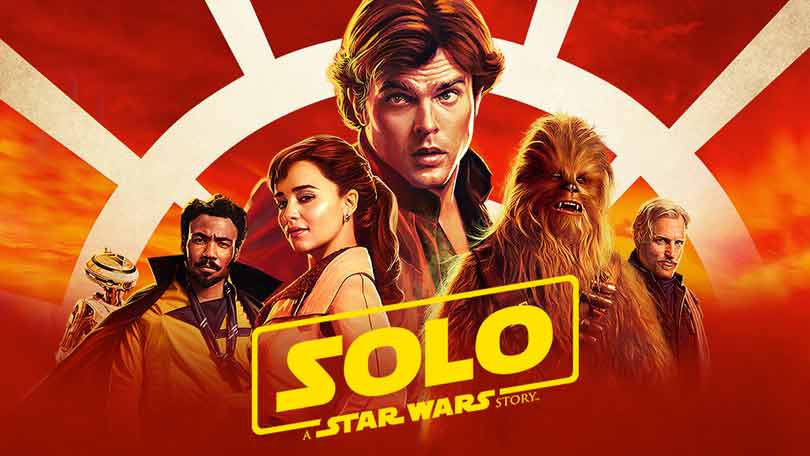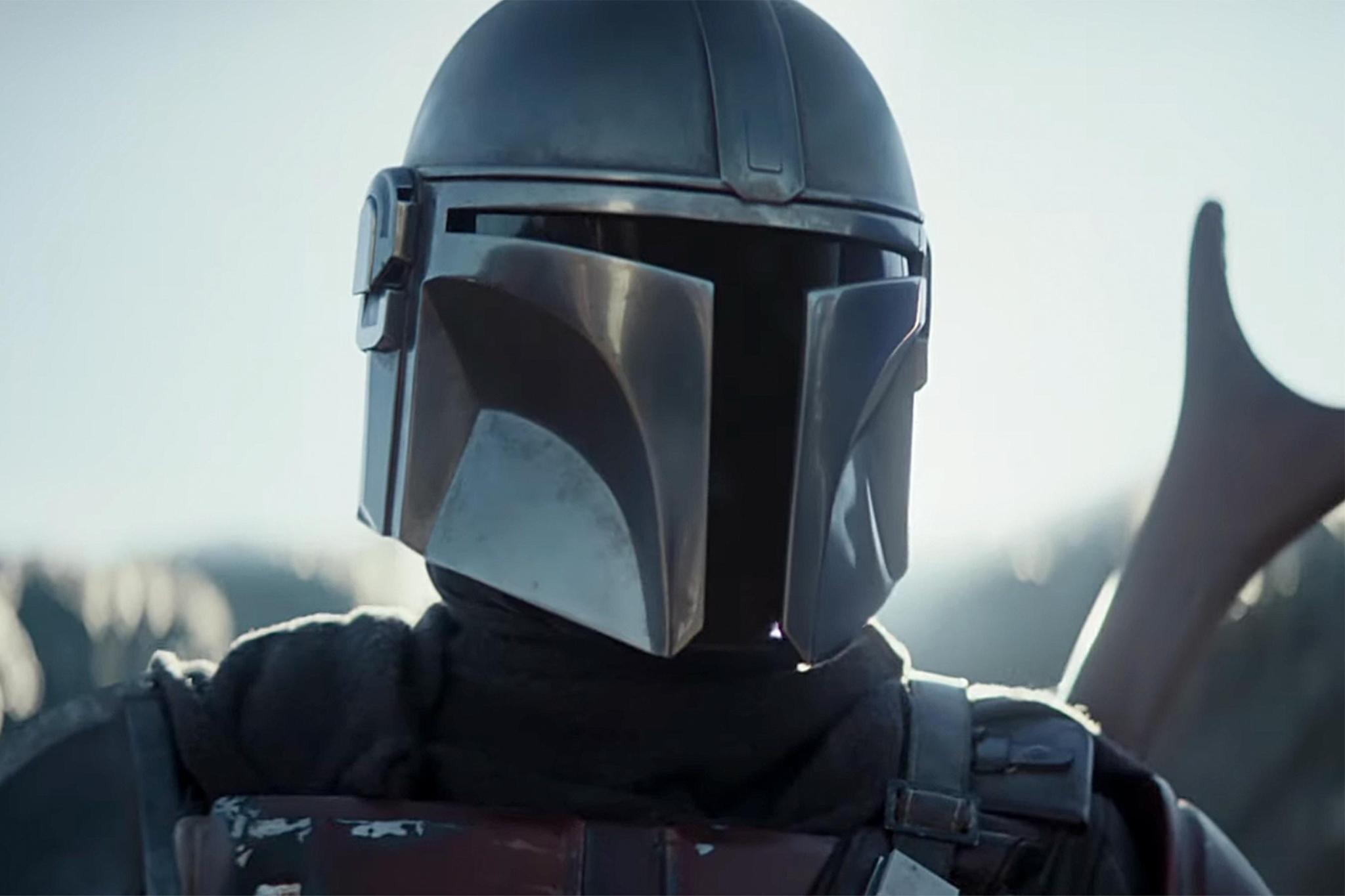Star Wars: The Fatigue Was Real But Should Be Absent Going Forward

By Pete Hernandez III
Disney CEO Bob Iger recently admitted that the studio may have released too many Star Wars movies too fast in a short amount of time, undoubtedly leading to some “Star Wars” fatigue. If Disney is wise then the fatigue should be absent heading into the future.
Star Wars fans young and old were ecstatic when news broke that a new sequel trilogy was to be released back in 2013. The long-awaited release of a new Star Wars film (the most recent was Revenge of the Sith in 2005, while the last chronological film Return of the Jedi was released in 1983) created unparalleled hype as the film neared its release date in 2015.
That exponential hype translated into box office domination, grossing over $2 billion worldwide, becoming the highest-grossing film of 2015 and currently the fourth highest-grossing film of all-time.

The Star Wars-mania was back (although arguably it never left) and fans were rewarded with consecutive films from 2016 through 2018 (Rogue One: A Star Wars Story, Star Wars: The Last Jedi, and Solo: A Star Wars Story respectively).
But while the first two of those films garnered box office success and relative critical praise, neither of those accomplishments can be said for the latter. Solo: A Star Wars story was neither particularly a fan favorite nor did it meet its box office expectations. With an estimated production budget $275 million, it failed to gross the needed $500 million worldwide to break even.
Not an encouraging result for a film that was released in May 2018, right in the prime of summer blockbuster season. But perhaps more importantly, fans were left wondering if the film’s creation was necessary at all. Was a Han Solo origin story something that fans truly craved, did watching the film add anything valuable to the established Star Wars universe?

The box office disappointment and ensuing criticism are ultimately what led to Disney’s Bob Iger admission of “Star Wars fatigue” in a recent interview with the New York Times. In reality, Iger says that perhaps it was a little too much, too fast.
“I think we might’ve put a little too much into the market place too fast,” Iger says, “I think the storytelling capabilities we have are endless because of the talent we have at the company.” At best, Star Wars films generally work as an “annual” blockbuster event, likely best suited around the holiday season. Star Wars generally draws in families to the theaters, and the holiday season is a perfect time to command the market.
In reality, there is no need to oversaturate the market in which you already dominate. The space-opera genre that Star Wars helped cultivate is not a “red-ocean” type of market filled with competitors. Star Wars leads the way by far, and releasing one film every other year (maybe once a year) is more than enough for even the most die-hard of fans.
If Iger’s words offer any indication of the future, its that Disney and Lucasfilm both understand there’s no need to overinflate the box office with Star Wars content. The upcoming launch of Disney+, with streaming series like The Mandalorian, should help keep fans engaged without feeling overstuffed.

There’s no need to panic for Disney and Lucasfilm by any means, but don’t fix what isn’t broken. The fan interest will always be there, but they want to see quality over quantity. The fatigue should be gone, but the excitement will pick up this holiday season with Star Wars: The Rise of Skywalker.
